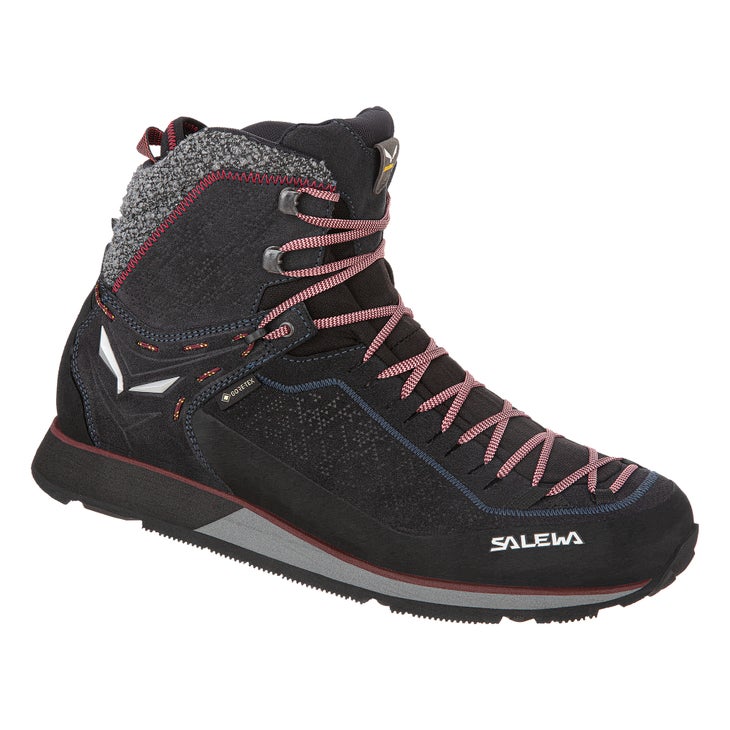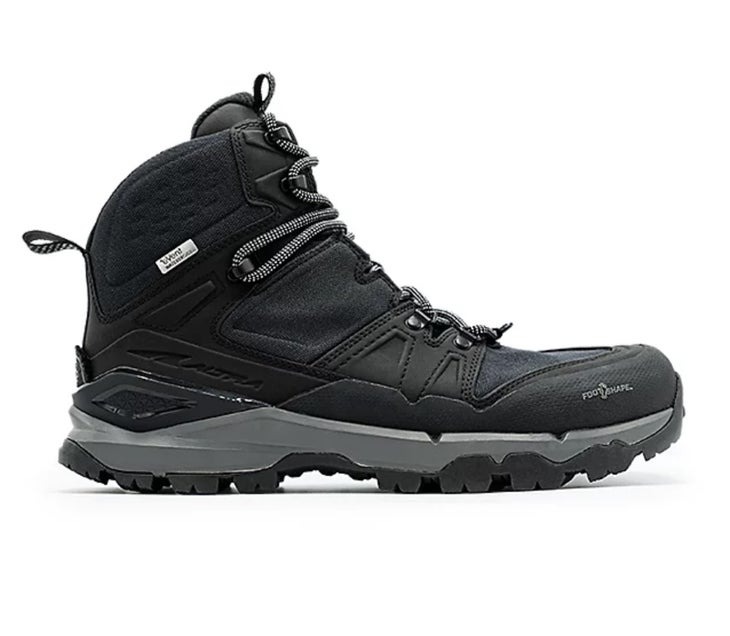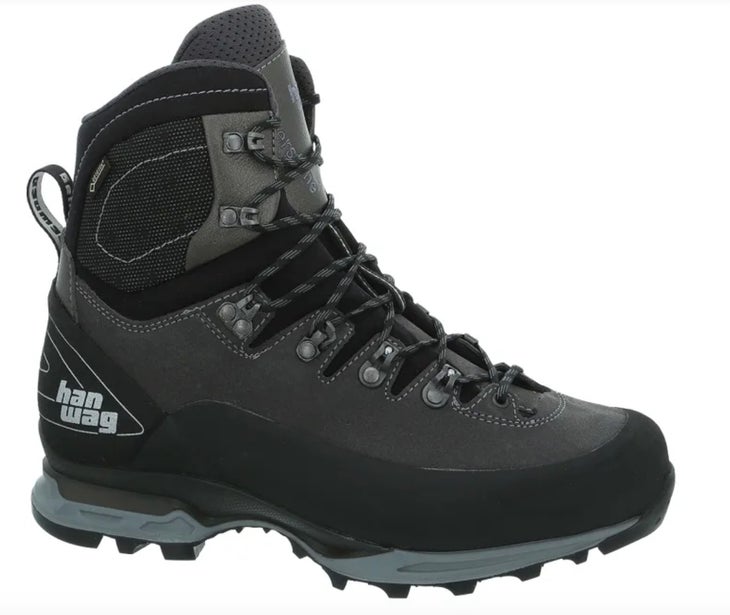Heading out the door? Read this article on the new Outside+ app available now on iOS devices for members! Download the app.
Hiking footwear has many components—upper, midsole, waterproof membrane, and the like—but the outsole is the only part that actually interacts with the trail beneath your feet. The ridges, whorls, and nubs of one outsole are often unique, especially considering the rubber compounds and lug patterns that are available. So, what kind of outsole is right for you? By looking at a few key features, you’ll be able to determine the best fit for whatever trails you’re planning to explore.
Before we launch into the details, it might be helpful to know the major players in outsole design. Vibram is the most common producer you’ll see, and has become almost synonymous with high-traction outsoles. Companies like Continental, Michelin, POMOCA and others also make dependable outsoles, and most hiking footwear brands have in-house technologies as well. Each brands have their own rubber compounds and lug patterns; it’s nearly impossible to rate one over the other because, as you’ll see below, there are many factors that determine an outsole’s best use and if it’s right for you.
Stiffness
The less flex an outsole has, the more stability it offers. Stiff outsoles are well-suited for steep, unrelenting climbs in rocky terrain (they provide maximum push-off power as you stride upwards) and are most commonly found in boots that are geared towards mountaineering or schlepping heavy loads over long treks. These types of outsoles are also most compatible with crampons, as they won’t bend with your weight as you frontpoint up a steep snow slope. However, your ability to walk with a natural gait will be reduced, as they don’t flex with your foot very well.
A medium-stiff outsole—common in most hiking boots and some beefier trail running shoes—offers a compromise between support and natural striding. These types of outsoles work in concert with the boot’s midsole to provide an ample foundation for carrying multiday trip loads, yet they’re not so rigid that you feel like you’re fighting the boot with every step. You can even use them with flexible, nontechnical traction devices for moderate snow walking.
The most flexible outsoles are usually the territory of light hiking boots and traditional trail running shoes. They promote a natural stride by closely mimicking the bend of your foot, as well as conforming to the terrain you’re moving over with every step. However, these types of outsoles offer the least amount of support in terms of the weight you’re carrying, so are best for lighter loads or easier mileage.
Hardness
This one’s pretty simple: The harder an outsole’s rubber compound is, the more durable it will be. The softer the outsole, the better it will adhere to rocks and slippery surfaces, but it will wear down quicker. So, if you’re heading into terrain that requires a lot of rock scrambling, opt for a soft, tacky outsole. If longevity is your top priority when buying hiking footwear, go with a harder material. (The best way to discern this is to simply compare two products side-by-side via touch. Barring that, ask a store employee if possible.)
Lug Layout
This is where things get fun. The shape, depth, and spacing of lugs vary wildly from one hiking boot or shoe to another, and it can be difficult to envision how various patterns will perform on the trail. There are some constants to look for, though: Shallow lugs—around 3 millimeters deep—will grip just fine on packed dirt and in most dry conditions, but aren’t the best choice for sand, mud, loose rocks, or anything else that will shift under your foot. Deep lugs—5 millimeters, usually—will bite into mud, sand, and packed snow with ease. However, deep lugs also hold more debris (especially mud) that may get caught between them. This problem can be alleviated with the inclusion of sipes, which are shallow channels cut into the outsole that will whisk water and mud away from the center of the boot, to then be shed at its edge.
It’s hard to prove that one lug shape is better than another for traction, but an outsole with a mix of lug designs will provide increased traction in uneven terrain, or trails that traverse different environments. If you’re anticipating steep downhills, look for outsoles that have “brake” lugs at the heel; these chunky additions offer some stopping power as you dig your heels in on descents. If scrambling and technical footwork is in your future, pick an outsole that has a flat section at the toe. This design increases the surface area—and thus friction—of the outsole that’s in contact with the rock as you tiptoe up slabs or through boulder fields.
Here are some recent hiking footwear picks that will keep you moving over any type of terrain.
Salewa MTN Trainer 2 Winter GTX

This do-it-all winter hiking boot has Vibram’s Arctic Grip compound at key points on the outsole. The material is extra-sticky on snow and ice. Read the full review
Altra Tushar

With 5-millimeter-deep lugs and long sipes along its outsole, the Tushar excels in gravel and muddy terrain. A medium-stiff insole won’t cramp your stride too much, and is good for carrying multiday pack loads. Read the full review
Hanwag Alverstone II GTX

A hard, stiff outsole will allow this boot to last a long time, even as you hoof heavy pack loads down the trail. Multidirectional lugs hold fast on varied terrain. Read the full review
